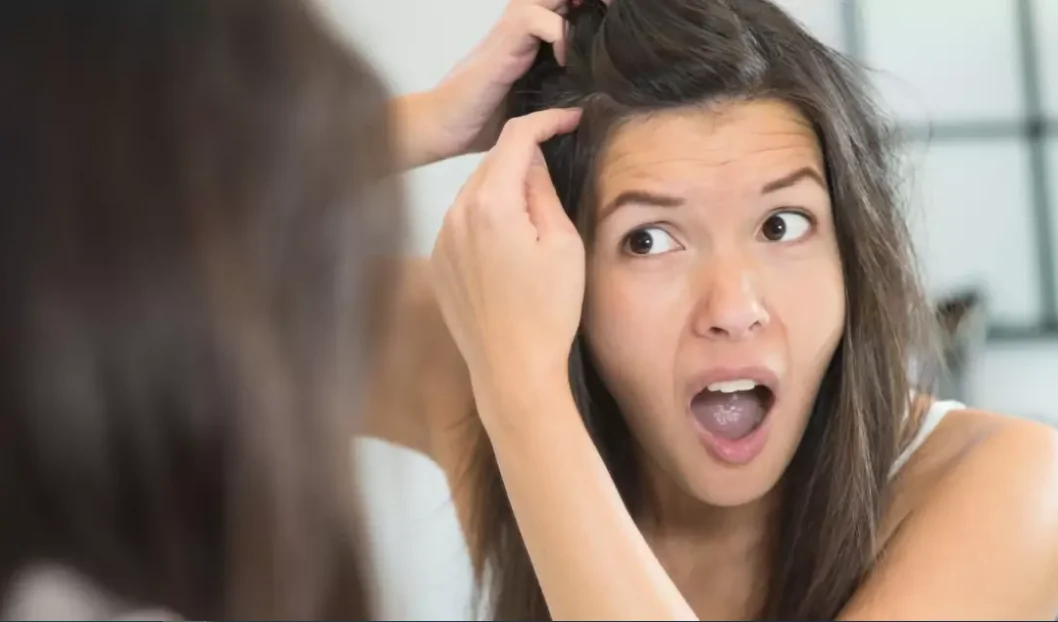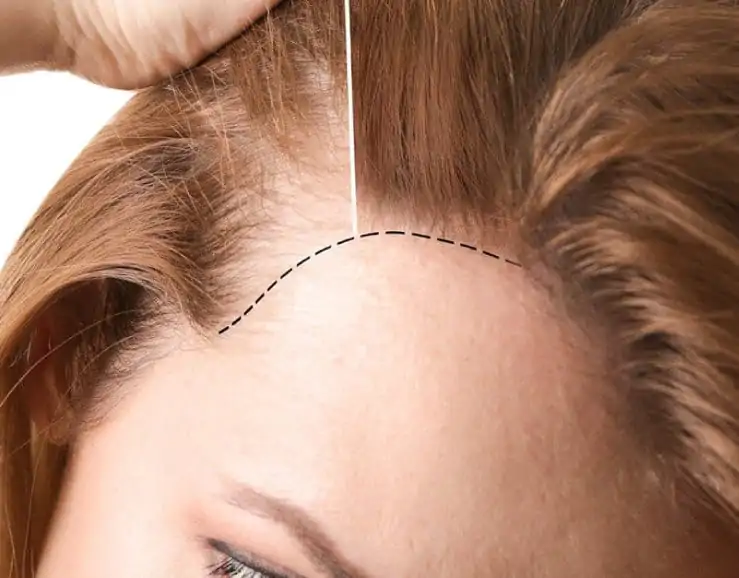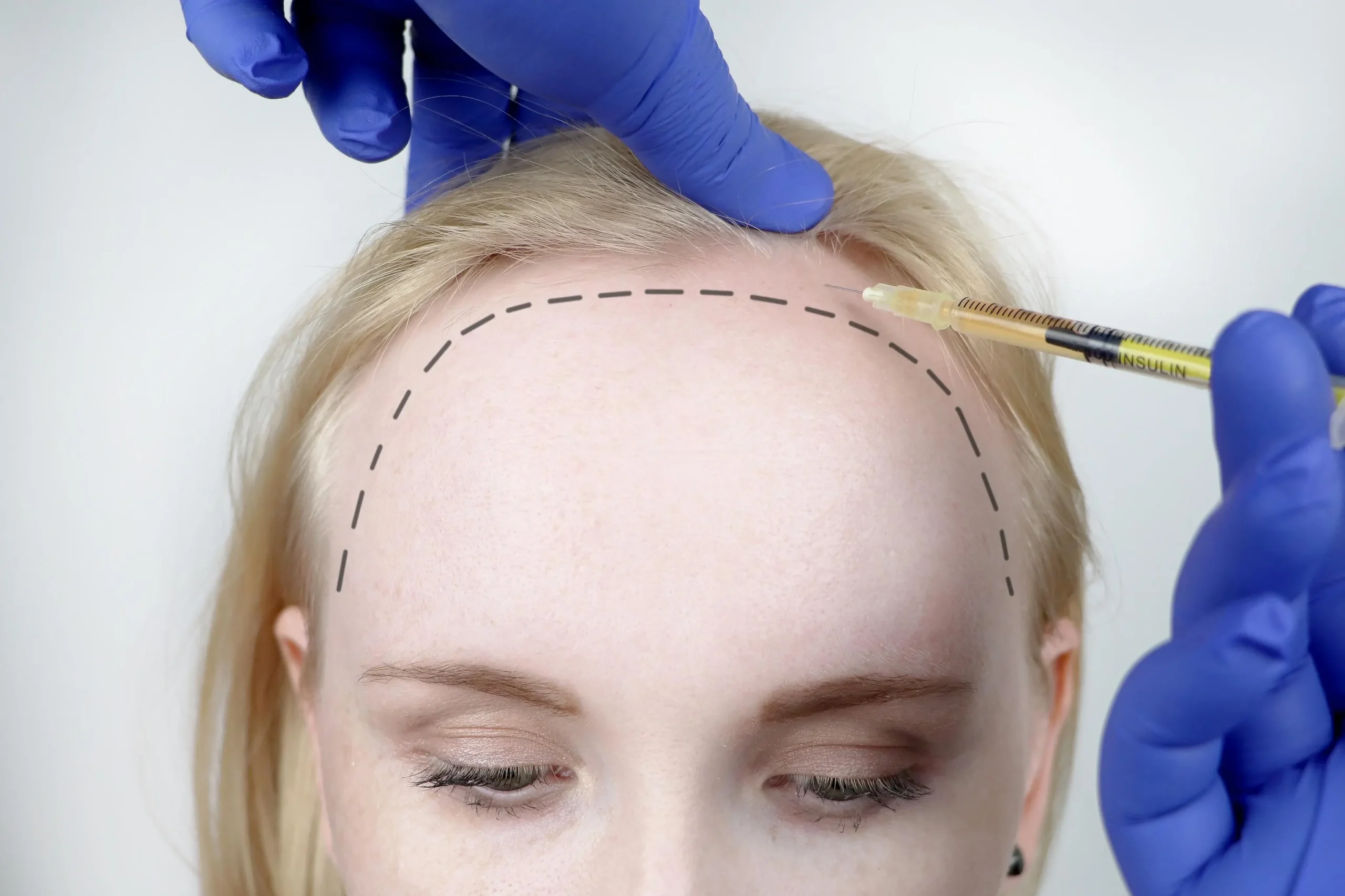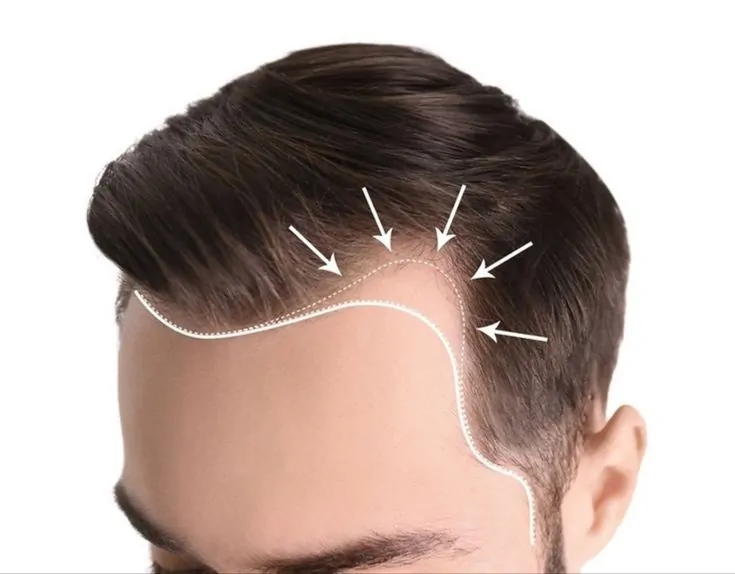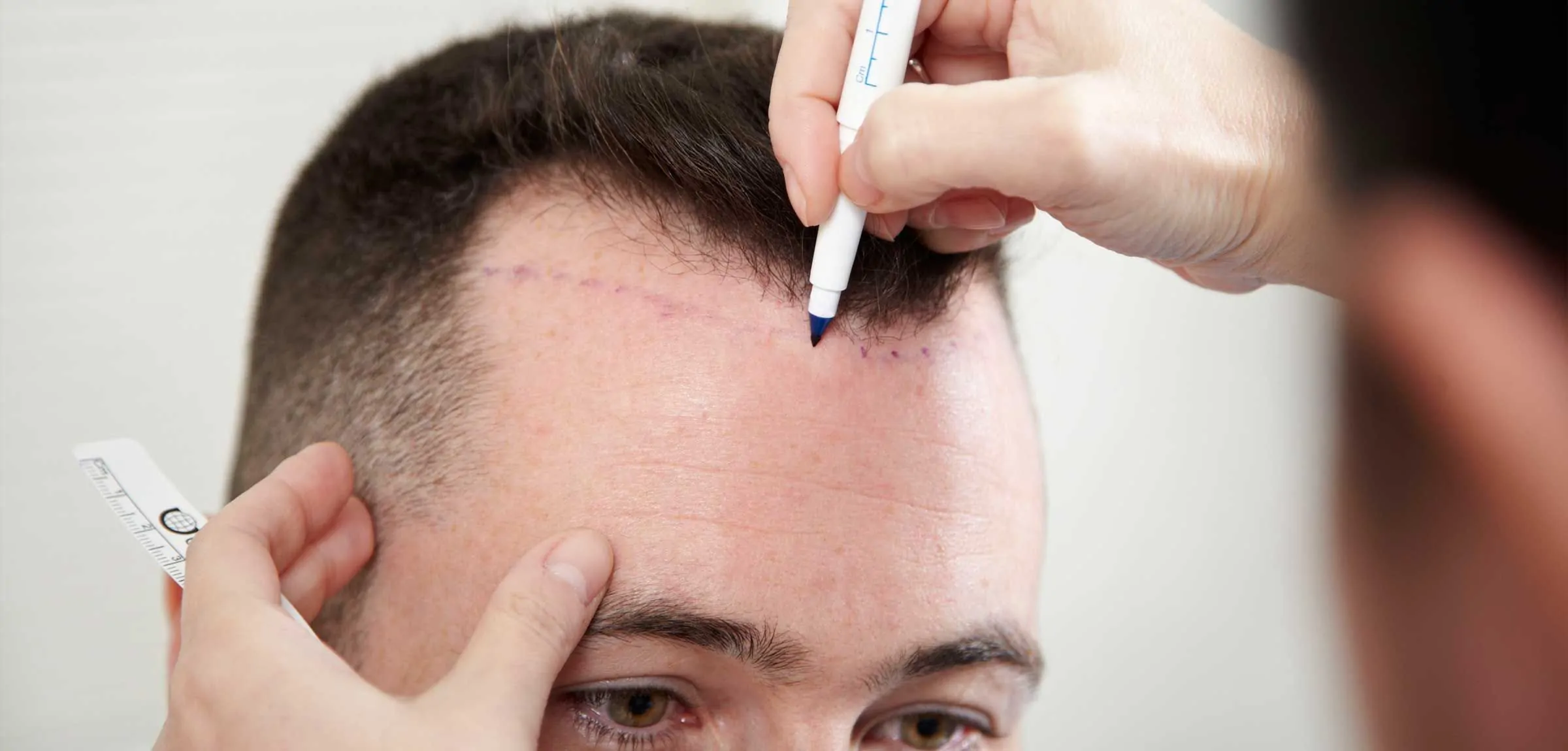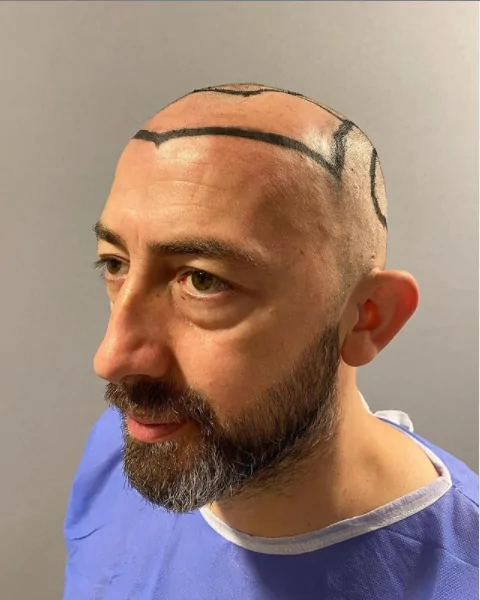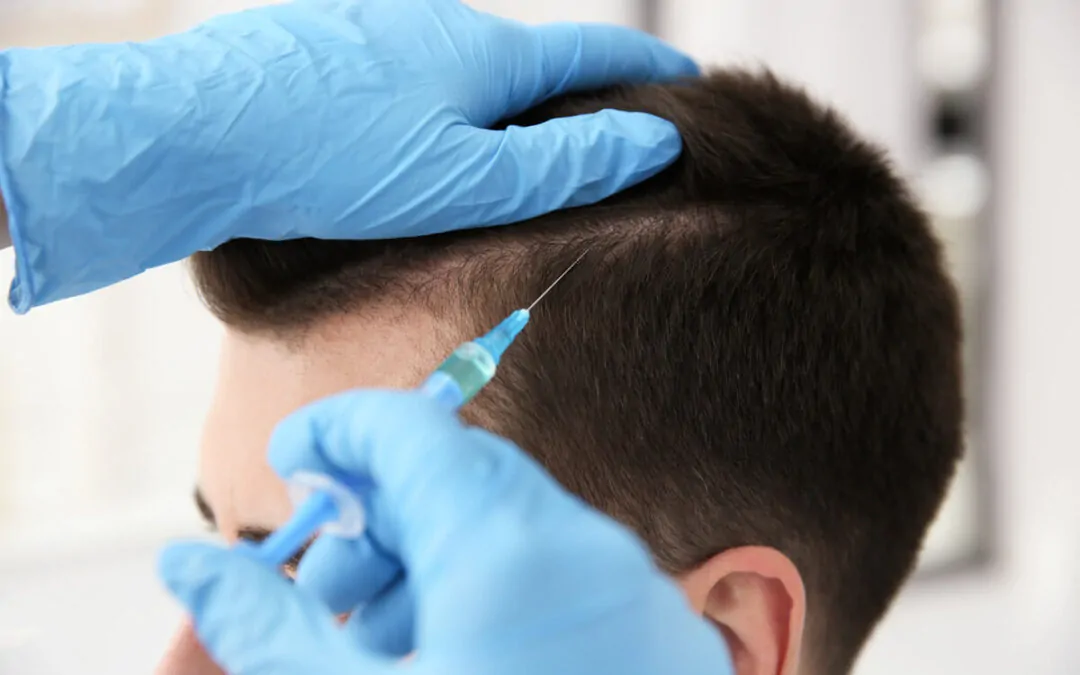
Hair Treatments
Hair treatments address one of the most common concerns for both men and women: hair loss and hair thinning. Beyond aesthetics, hair loss significantly affects self-esteem and psychological well-being. Causes include genetics, hormonal fluctuations, stress, nutritional deficiencies, dermatological diseases, and environmental factors.
Thanks to modern biotechnology and medical innovations, today it is possible to slow down hair loss, improve the quality of existing hair, and even stimulate new growth. Turkey has become a leading destination for patients worldwide, offering advanced hair loss treatments performed by experienced specialists.
PRP Hair Treatment
PRP (Platelet-Rich Plasma) therapy involves injecting plasma derived from the patient’s own blood, enriched with platelets, into the scalp.
- Application: Blood is centrifuged, and platelet-rich plasma is injected into the scalp.
- Effects: Stimulates hair follicles, reduces shedding, and promotes new growth.
- Sessions: Typically 3–6 sessions, applied every 4–6 weeks.
Stem Cell Hair Therapy
This treatment uses stem cells derived from the patient’s own fat tissue or blood to regenerate the scalp.
- Advantages: Provides cellular regeneration and long-lasting results.
- Effectiveness: Particularly beneficial in advanced hair loss cases.
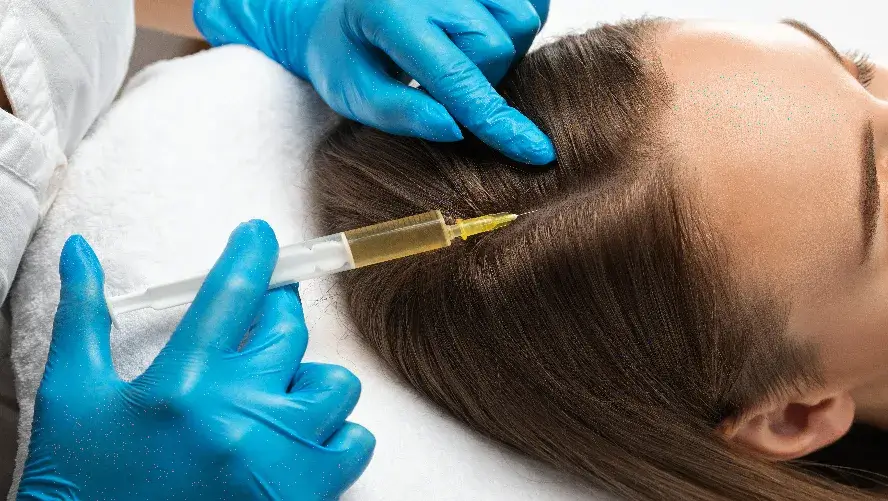
Exosome Hair Therapy
A breakthrough in regenerative medicine, exosome therapy targets cellular communication to reactivate dormant hair follicles.
- Method: Concentrated exosomes are injected into the scalp.
- Effects: Stimulates cellular renewal, improves follicle vitality, and produces stronger, thicker hair strands.
- Advantage: Considered an advanced form of stem cell therapy.
Hair Mesotherapy
Mesotherapy delivers a customized cocktail of vitamins, minerals, and amino acids directly into the scalp.
- Nourishes hair follicles
- Thickens hair strands
- Improves shine and vitality
Laser Hair Therapy (LLLT)
Low-Level Laser Therapy (LLLT) uses red light wavelengths to activate follicle metabolism.
- Improves blood circulation in the scalp
- Strengthens weakened hair follicles
- Non-invasive, painless, and safe procedure
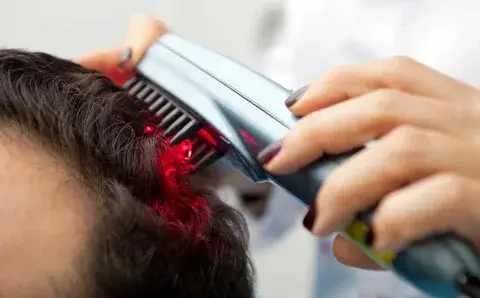
Hair Loss Treatment Options: Comparison of Methods
| Method | Application | Onset of Effect | Duration* | Key Advantages | Limitations | Recommended Combination |
|---|---|---|---|---|---|---|
| PRP | Autologous plasma injections | 6–12 weeks | 6–12 months (longer with maintenance) | Safe, natural; reduces shedding, improves thickness | Requires multiple sessions; limited in severe loss | Mesotherapy, LLLT, topical minoxidil |
| Stem Cell Therapy | Autologous stem cell injections | 8–16 weeks | 12–24 months | Cellular regeneration; effective in resistant cases | More costly; requires specialized facilities | LLLT, PRP, nutritional support |
| Exosome Therapy | Exosome microinjections | 4–12 weeks | 12–24 months | Cell signaling; follicle revitalization | Still under standardization; variable protocols | PRP, LLLT, mesotherapy |
| Mesotherapy | Vitamin–mineral–amino acid cocktails | 4–8 weeks | 6–9 months (extended with maintenance) | Improves shaft quality, shine, sebum balance | Requires frequent sessions; limited as monotherapy | PRP, LLLT, topical treatments |
| LLLT | 650–680 nm red light photobiomodulation | 8–12 weeks | Continuous with ongoing use | Painless, non-invasive; boosts circulation & metabolism | Requires patient compliance; limited alone | PRP, Mesotherapy, medical lotions |
*Duration varies based on hair loss type, patient profile, and maintenance protocol.
Hair Loss Treatments for Men and Women
- Men: The most common cause is androgenetic alopecia, strongly linked to genetics and hormonal sensitivity to DHT.
- Women: Hair thinning is often related to hormonal imbalances, iron deficiency, or post-pregnancy shedding.
Best outcomes are typically achieved with combined therapies (e.g., PRP + mesotherapy, exosome + laser).
Aftercare & Recovery
- Mild redness, swelling, or crusting may appear but subside quickly.
- No washing for the first 24–48 hours.
- Avoid direct sun exposure and extreme hot/cold environments.
- Smoking and alcohol may delay recovery.
FAQ – Hair Treatments
Does PRP hair treatment hurt?
No. It is performed with anesthetic creams and is generally well tolerated.
Is exosome therapy permanent?
Not permanent but offers long-lasting effects, comparable to stem cell therapy.
Can PRP be used for postpartum hair loss in women?
Yes. It is effective in treating hormonal and post-pregnancy shedding.
Is laser hair therapy enough on its own?
Usually no. It is more effective when combined with PRP or mesotherapy.
Is stem cell hair therapy suitable for everyone?
Yes, for most patients with stable health. It is not recommended for pregnant or breastfeeding women.
Hair treatments in Turkey combine cutting-edge regenerative medicine with established medical practices. From PRP and stem cells to exosomes, mesotherapy, and laser therapy, each method plays a role in combating hair loss and improving hair health. With proper diagnosis, combined approaches provide the most effective and natural-looking outcomes for both men and women.

